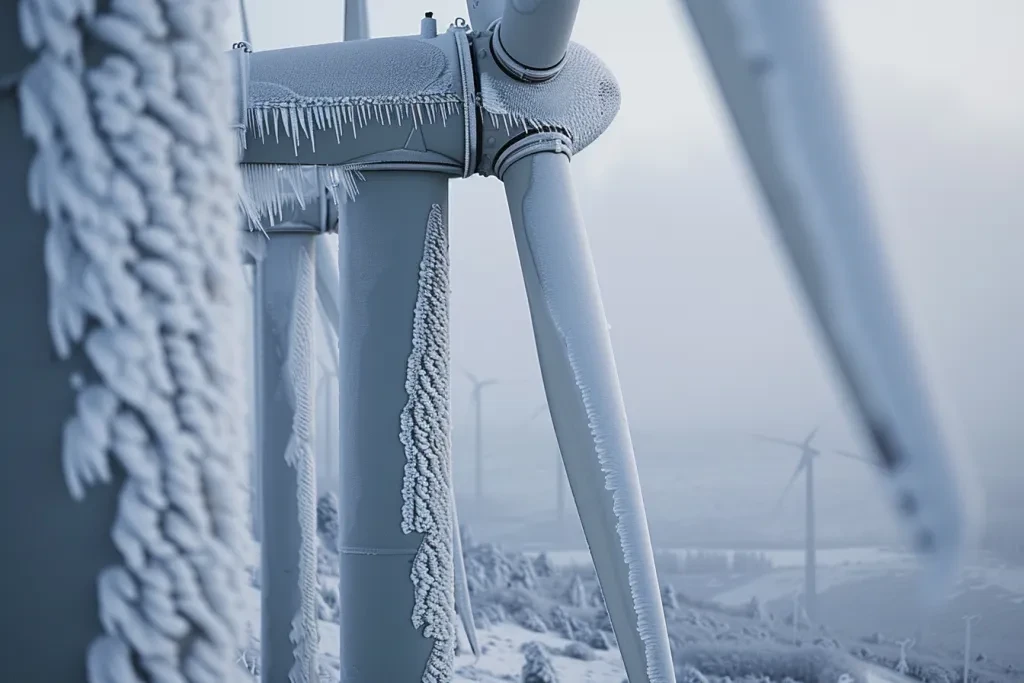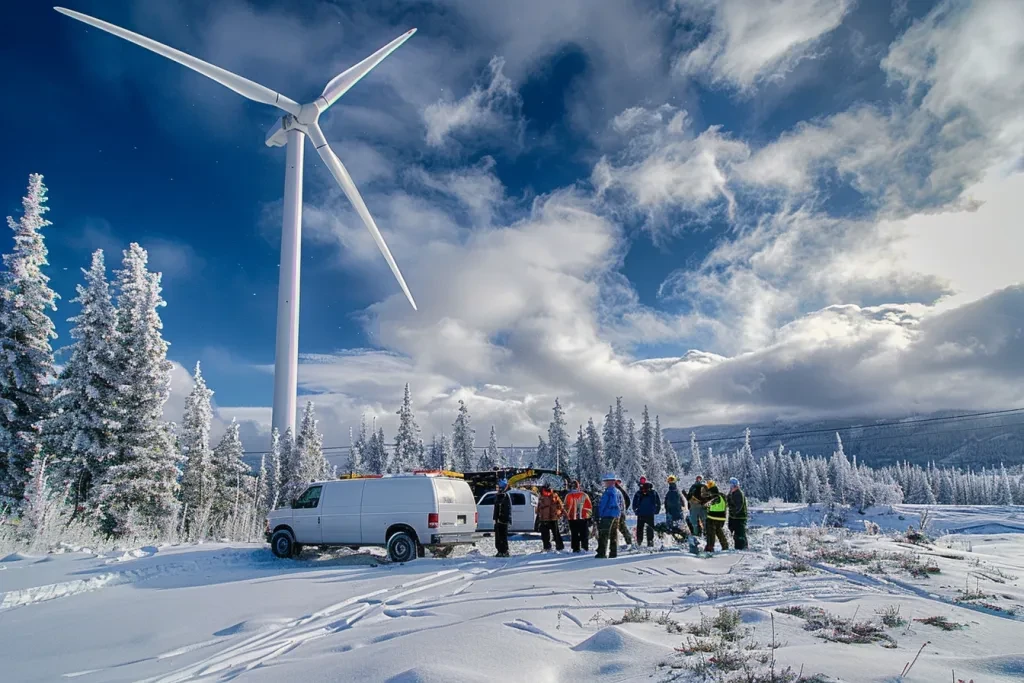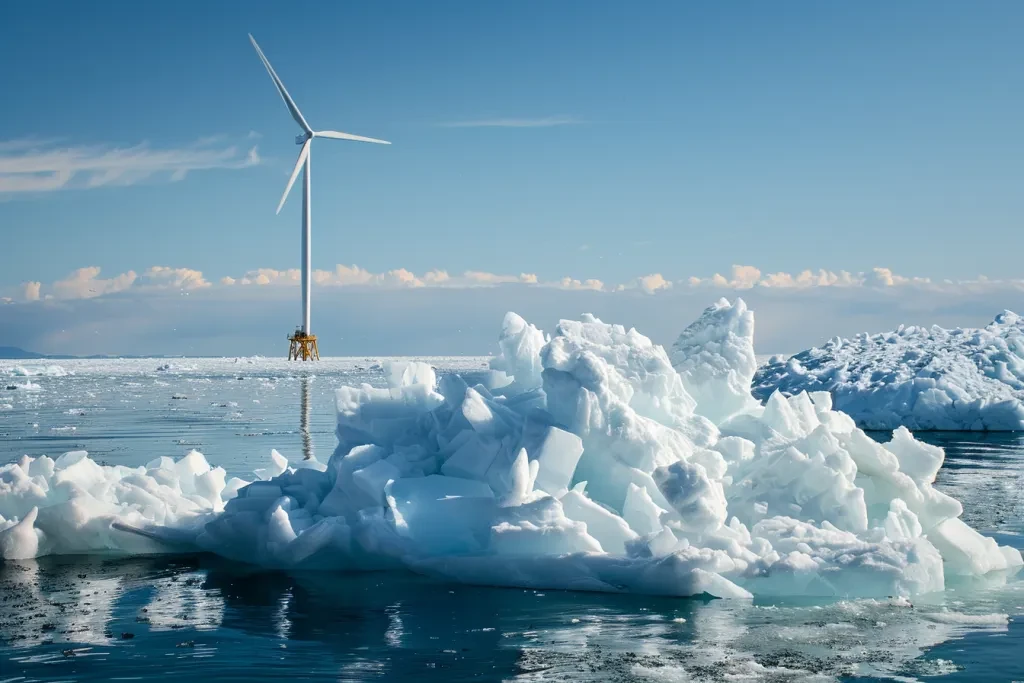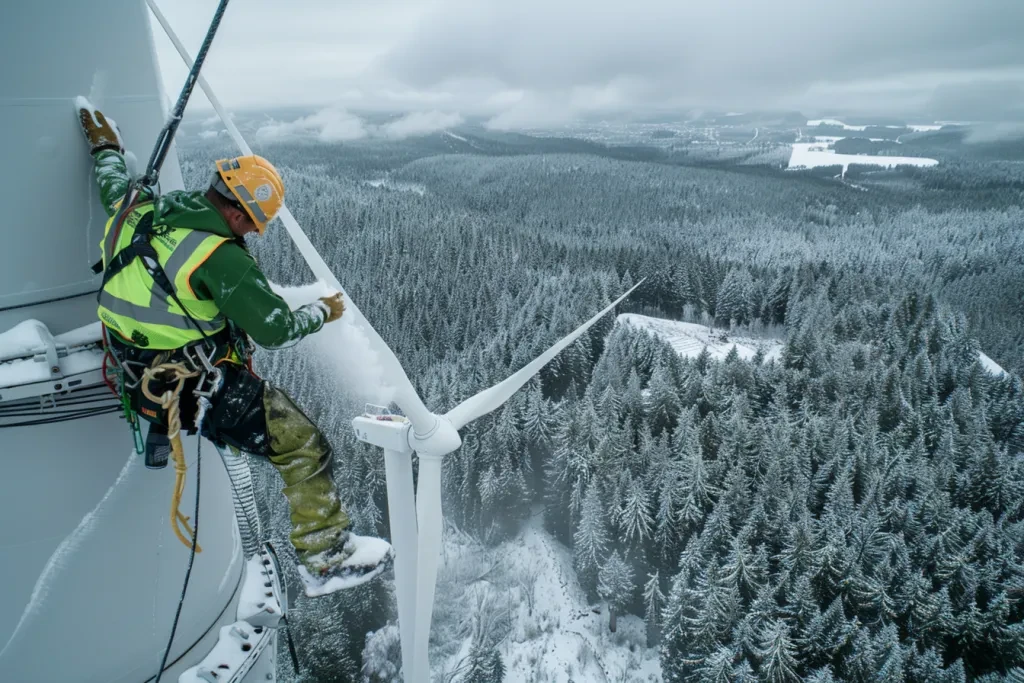The phenomenon of frozen wind turbines has garnered significant attention, particularly as the world shifts towards more sustainable energy sources. This article delves into the complexities of how ice affects wind turbines, the implications for energy efficiency, and the innovative strategies being developed to mitigate these challenges. By understanding these aspects, stakeholders in the renewable energy sector can better navigate the hurdles posed by colder climates.
Table of Contents:
– Understanding the impact of ice on wind turbines
– The energy efficiency equation: Calculating the cost of the cold
– Innovative solutions to combat freezing
– The role of technology in de-icing
– Looking ahead: The future of wind turbines in cold climates
Understanding the impact of ice on wind turbines:

Ice accumulation on wind turbines is not merely a visual concern; it significantly impacts their operation and efficiency. When ice forms on the blades, it alters their aerodynamic properties, leading to reduced efficiency and, in some cases, complete operational halts. Moreover, the added weight of the ice can cause mechanical strain, posing safety risks and increasing maintenance costs. This section explores how ice formation affects wind turbines and the broader implications for renewable energy projects in cold regions.
The energy efficiency equation: Calculating the cost of the cold:

The presence of ice on wind turbines introduces a complex variable into the energy efficiency equation. The reduction in efficiency not only affects the immediate output of a wind farm but also has financial implications over the long term. This part of the article examines the economic impact of decreased efficiency due to icing, including increased operational costs and potential revenue losses. Understanding these costs is crucial for stakeholders to make informed decisions regarding investments in cold climate wind energy projects.
Innovative solutions to combat freezing:

Faced with the challenges of ice accumulation, the renewable energy sector has been proactive in developing solutions to mitigate these effects. This section highlights several innovative approaches, including the application of anti-icing coatings, the use of heated blades, and the implementation of active de-icing systems. Each method has its advantages and limitations, and their effectiveness can vary based on specific environmental conditions. By exploring these solutions, the article sheds light on how the industry is adapting to ensure the reliability and efficiency of wind turbines in cold climates.
The role of technology in de-icing:

Advancements in technology play a pivotal role in addressing the issue of frozen wind turbines. From sophisticated sensors that detect ice formation in real-time to automated de-icing mechanisms, technology is at the forefront of the fight against ice. This segment delves into the latest technological innovations in the field, discussing how they enhance the safety, efficiency, and longevity of wind turbines operating in icy conditions.
Looking ahead: The future of wind turbines in cold climates:

As the demand for renewable energy continues to grow, the importance of optimizing wind turbine performance in cold climates cannot be overstated. This concluding section reflects on the progress made thus far and looks ahead to future developments in the field. It considers the potential for new materials, design improvements, and policy changes to further enhance the viability of wind energy in regions prone to freezing temperatures.
Conclusion:
Frozen wind turbines present a unique set of challenges in the quest for sustainable energy. However, through a combination of innovative solutions, technological advancements, and ongoing research, the renewable energy sector is making strides in overcoming these obstacles. As we continue to explore and implement effective strategies for de-icing, the future of wind energy in cold climates looks promising, offering a beacon of hope for a more sustainable and resilient energy landscape.




